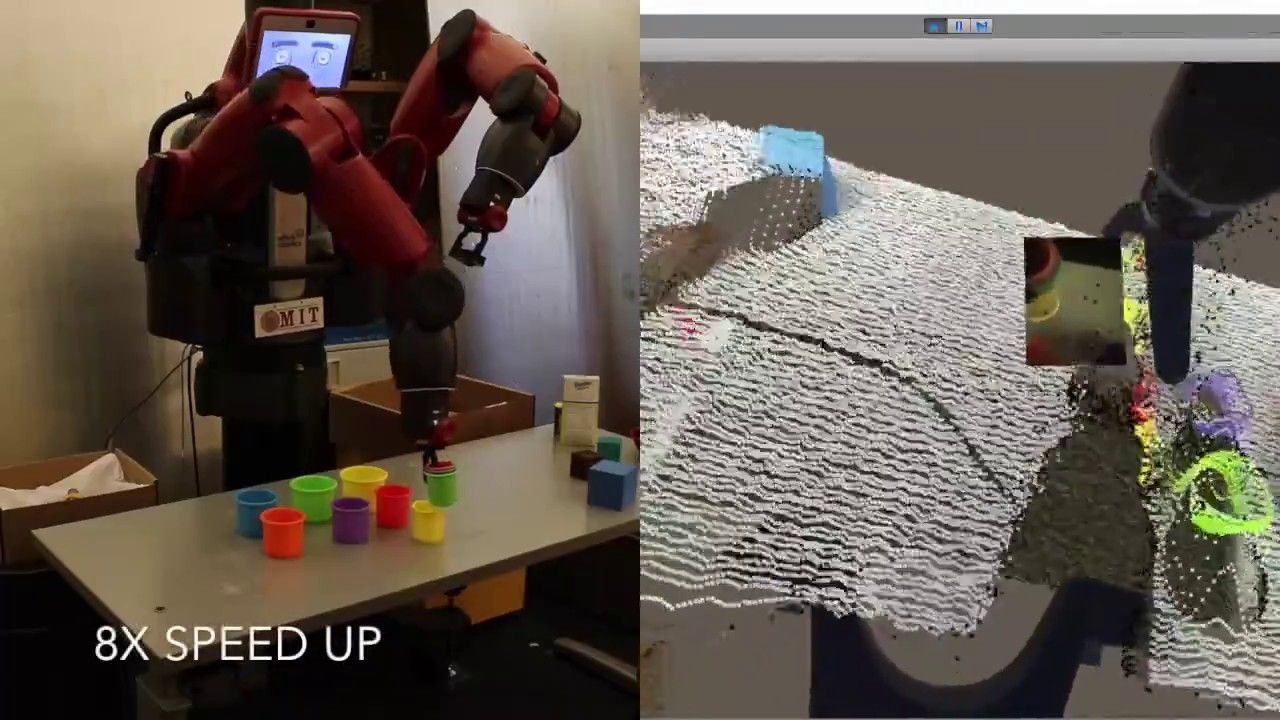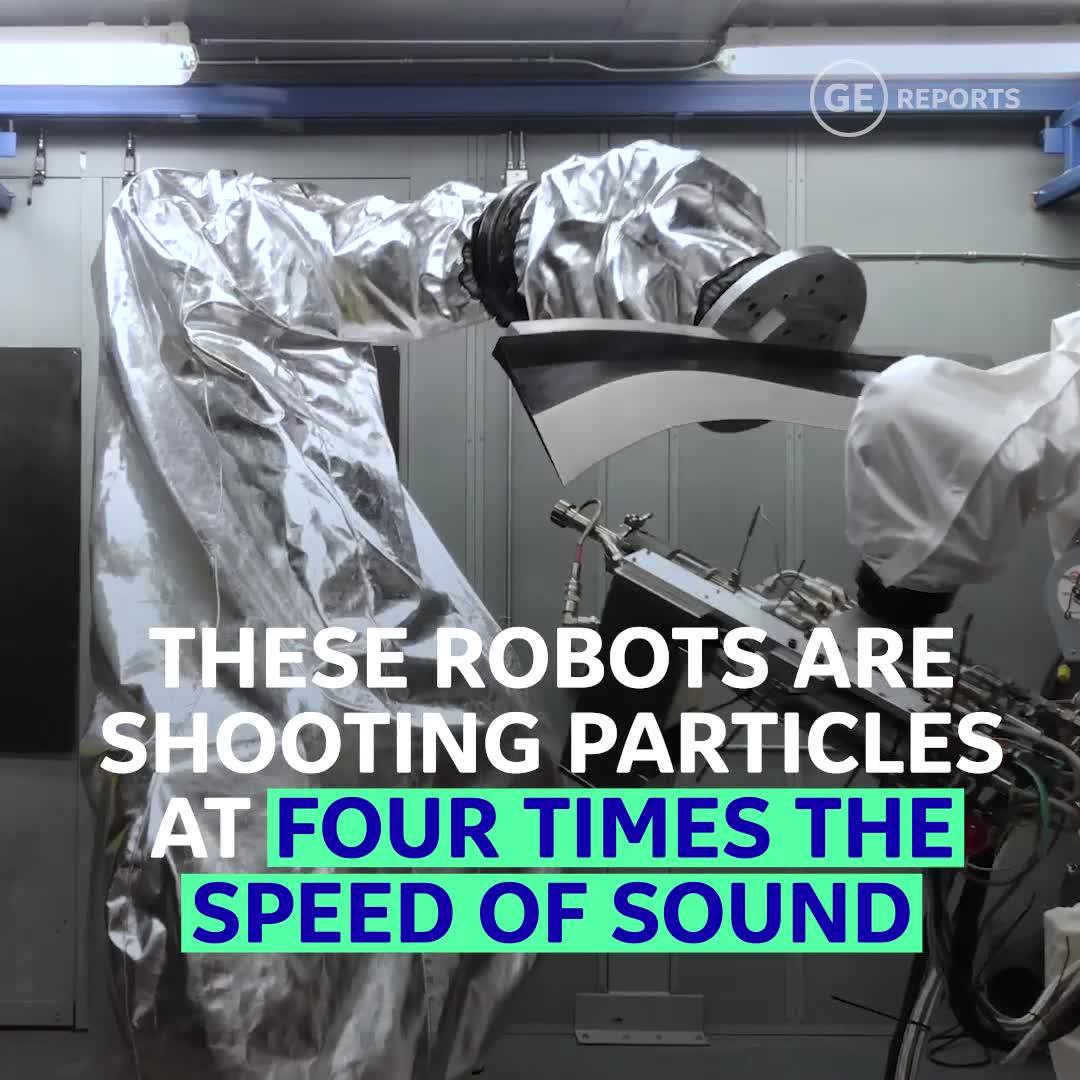Dec 16, 2017
UK ISP creates 3.5 Mbps broadband internet connection using wet string
Posted by Shailesh Prasad in categories: internet, materials
An experiment that created a 3.5 Mbps broadband internet connection won’t sound very impressive to most of us, especially since the average download speed in the US is about 75 megabits per second. But the surprising part is that it was established using a 6ft 7in piece of wet string.
While broadband connections tend to rely on wires made of materials such as copper, engineers at a small British internet service provider called Andrews and Arnold wanted to see if it was possible to send data through something less conventional.
They soaked the long piece of twine in a salt water as it’s a good conductor of electricity, though it had to be re-soaked every half an hour, and used a pair of alligator clips to establish the connection. “The upkeep of these wet string connections is very hard; in our tests, we had to continually re-wet the string approximately every 30 minutes to avoid a complete loss of sync, and this process was always disruptive to the signals,” wrote Adrian Kennard, the ISP’s director, in a blog post.
Continue reading “UK ISP creates 3.5 Mbps broadband internet connection using wet string” »
















